‘It’s a tough lesson to learn’ – brick homeowners must complete this outdoor maintenance task to avoid costly repairs and structural failure
Whether full brick or just a facade, this early-summer task is essential
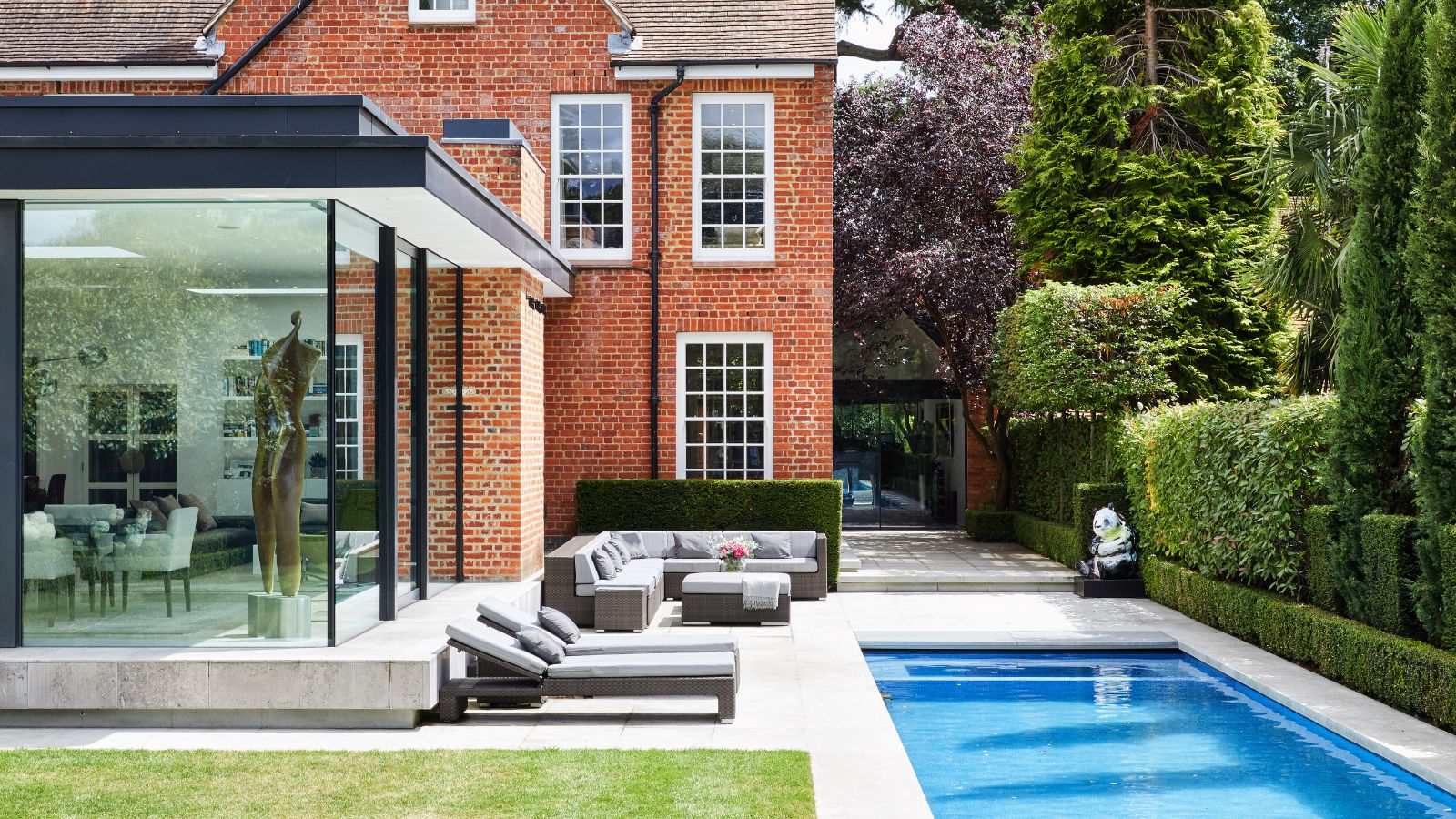

Brick houses may be sturdier than traditional wood-framed builds, but they need frequent maintenance to keep them stable. Most importantly, homeowners are being urged to check the mortar at the start of each summer.
Why? Contractors warn that wet, freezing winters are doing a number on our structures, reducing the structural integrity of our homes while bringing down the aesthetic appeal.
Here, they reveal what to look for when checking brick and mortar, and the signs you need to repoint a home, to avoid a potentially costly summer home maintenance mistake.
Why you need to check your brick and mortar
Kevin Brown, heritage property renovator at The Heritage Window Company, begins, ‘If you have ever spotted crumbling brick and mortar outside your property, it’s nearly always down to a lack of pointing maintenance, made worse by freeze-thaw damage in the chilly months.
‘Freeze-thawing happens when bricks and mortar absorb moisture from the rain in winter, eventually turning to ice in the evening, therefore causing the brick to expand and crack the surrounding mortar,' Kevin explains. It is a lot like frozen water pipes, but across your home.
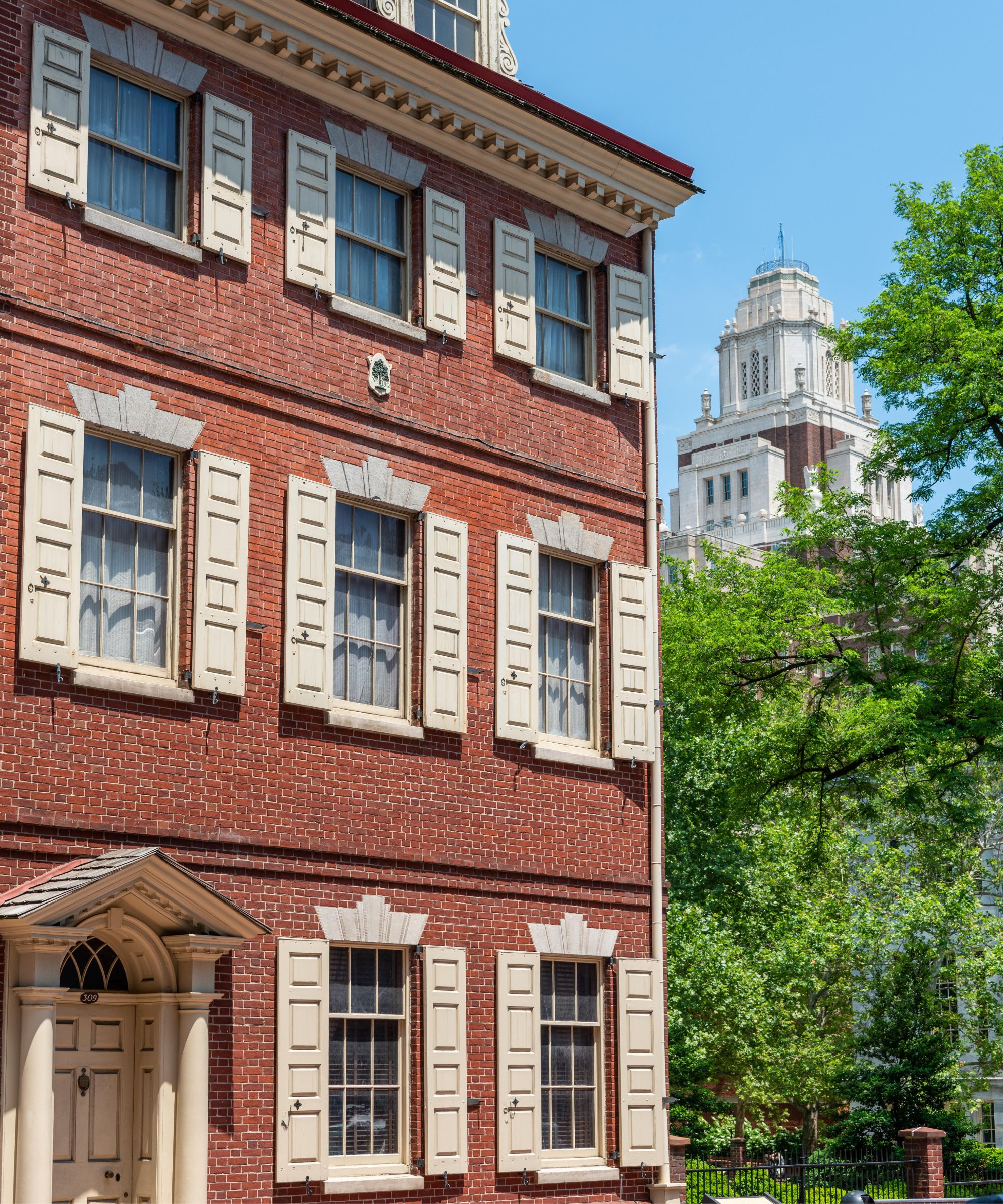
Check mortar on every level of your home.
Crumbling mortar is far from a purely aesthetic issue, adds Thomas Borcherding, owner and lead designer of Homestar Design Remodel.
He explains, ‘While repointing does enhance the aesthetics of your brick wall, the real value lies in the protection of your home. When mortar fails, water can seep into those joints and get behind the brick.
'This can lead to all kinds of expensive problems, such as interior leaks, mold, freeze-thaw damage in winter, and even structural weakening if left alone too long, often causing cracks in walls.
‘Bricks are surprisingly durable; it’s usually the mortar that gives out first. By repointing, you’re extending the life of your brickwork and your home by decades.’
The repointing process
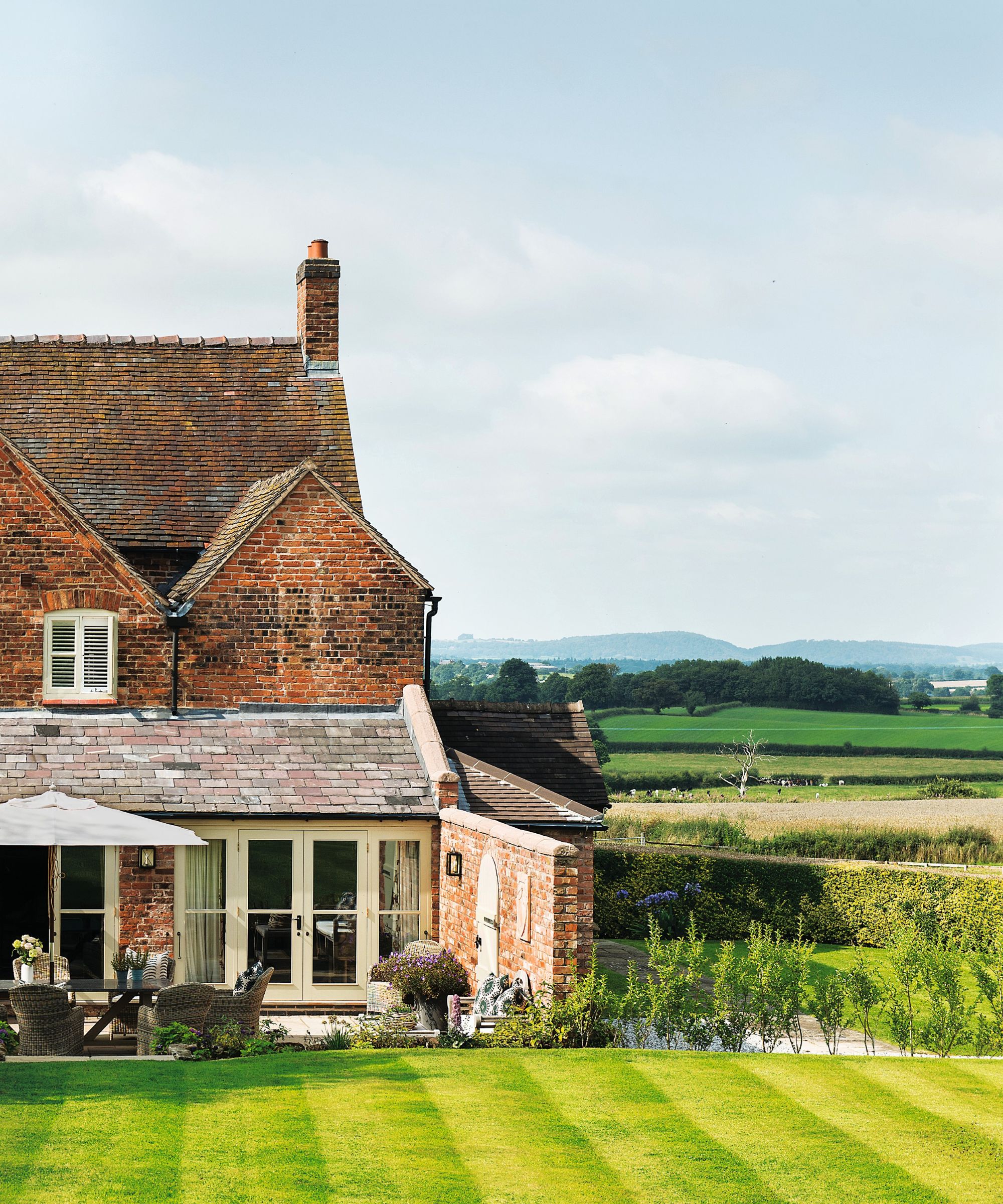
Repointing is best done by a professional, especially on older homes.
Thomas explains this summer home improvement upgrade ‘consists of carefully chiseling or grinding out the damaged mortar to a proper depth, cleaning out the joints, and then packing in new mortar that matches the original in both composition and appearance. This prevents moisture from seeping into the wall and causing further damage to the brick, insulation, or structure behind it.’
Although you can technically complete this task yourself, Thomas advises that it is a household project you shouldn’t DIY unless you have a lot of experience. ‘You will want to consult with a seasoned tuckpointing professional, as the wrong type of mortar can actually harm older bricks,’ he warns. ‘Homeowners will have to decide if they want a portion or the entire brick wall repointed.
'If a substantial portion of your home’s mortar is in poor condition, then chances are you’ll want to redo the entirety of your mortar and it is definitely a sign it’s time to call the pros.’
How long does repointing take?

Repointing times and costs can vary depending on the area that needs work.
How long repenting takes and costs will depend on several factors, says Louis Vierra, general contractor at Vierra Fine Homes and co-founder of The Builder Market.
He explains, ‘Most residential repointing jobs take three to seven days, depending on: The size of the area, accessibility, weather, whether scaffolding is needed, and the level of detail (such as matching historic brickwork).’
How much you need to budget for this home reno depends on the extent of your problem. Louis continues, ‘Costs do vary, but on average you can expect to pay around $8-$30 per square foot. A full exterior wall could range from $3,000 to $15,000+, depending on the complexity.’
Before committing to a project, Louis adds, ‘Look for a licensed mason or general contractor with experience specifically in repointing – read reviews and check their insurance. Ask to see photos of past projects, especially if your home is older. Finally, make sure they’re using a mortar type appropriate to your brick (for example, older homes need lime-based, not Portland cement).’
How to prevent crumbling mortar
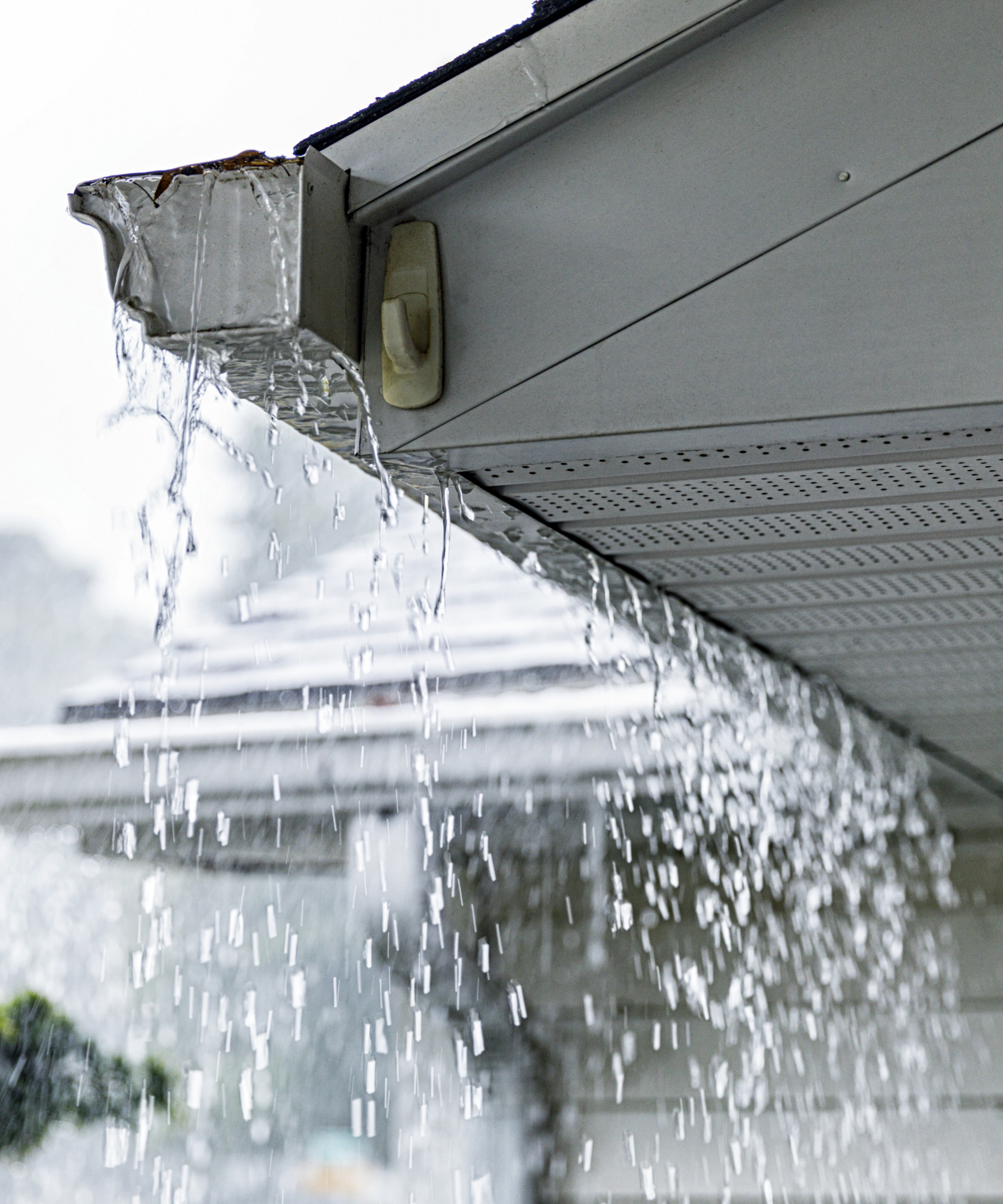
Directing water away from your brisk work can extend the mortar's lifespan.
Preventing crumbing mortar largely comes down to avoiding winter home maintenance mistakes and treating affected areas as soon as possible to prevent the problem from spreading.
Kevin says, ’To stop this from happening, identify incidents of flaking brick and mortar on your home, then repoint instances with like-for-like breathable mortar. Be sure to clean gutters regularly and repair broken gutters to improve water drainage. Similarly, avoid using waterproof sealants when painting exterior brickwork that may trap moisture.'
While checking your brickwork, check and clean window weep vents, too, to avoid trapped moisture causing warping.
What to shop
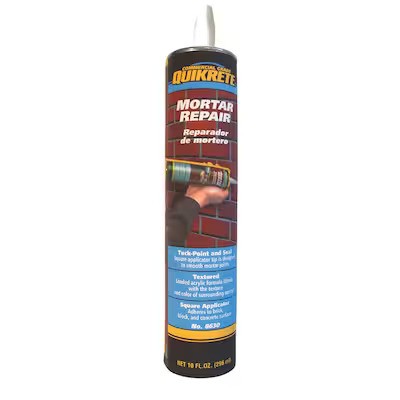
This Mortar Repair Tube provides a smooth seal for mortar joints and makes it especially easy to use for tuck pointing, a decorative variation of pointing that covers structural pointing to make brickwork look nicer. Please note: This is not a repair kit for damaged mortar.
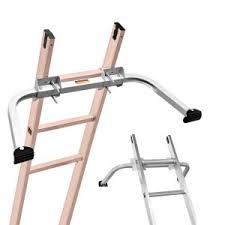
This metal ladder attachment helps to stabilize ladders when working at heights, such as when cleaning gutters or checking mortar, helping to avoid slips and falls.

Keep your gutters free from debris to help direct water away from brick work and extend the life of your mortar.
Meet the experts

Kevin is the managing director at The Heritage Window Company, specalizing in specialist slim line aluminium window fabrication.

Thomas Borcherding is a NKBA-Certified Kitchen & Bath Designer with decades of residential remodeling experience.
Adding brick inspections and repointing to your 12-month outdoor maintenance checklist is the best way to keep your home safe and avoid very costly repair bills in the future.
Kevin concludes, ‘It’s a tough lesson to learn, but when you get into the habit of inspecting your brickwork after colder months, you’ll find you can avoid this problem entirely before it gets worse in summer.’
Design expertise in your inbox – from inspiring decorating ideas and beautiful celebrity homes to practical gardening advice and shopping round-ups.

Chiana has been at Homes & Gardens for two years and is our resident 'queen' of non-toxic living. She spends most of her time producing content for the Solved section of the website, helping readers get the most out of their homes through clever decluttering, cleaning, and tidying tips. She was named one of Fixr's top home improvement journalists in 2024.
You must confirm your public display name before commenting
Please logout and then login again, you will then be prompted to enter your display name.